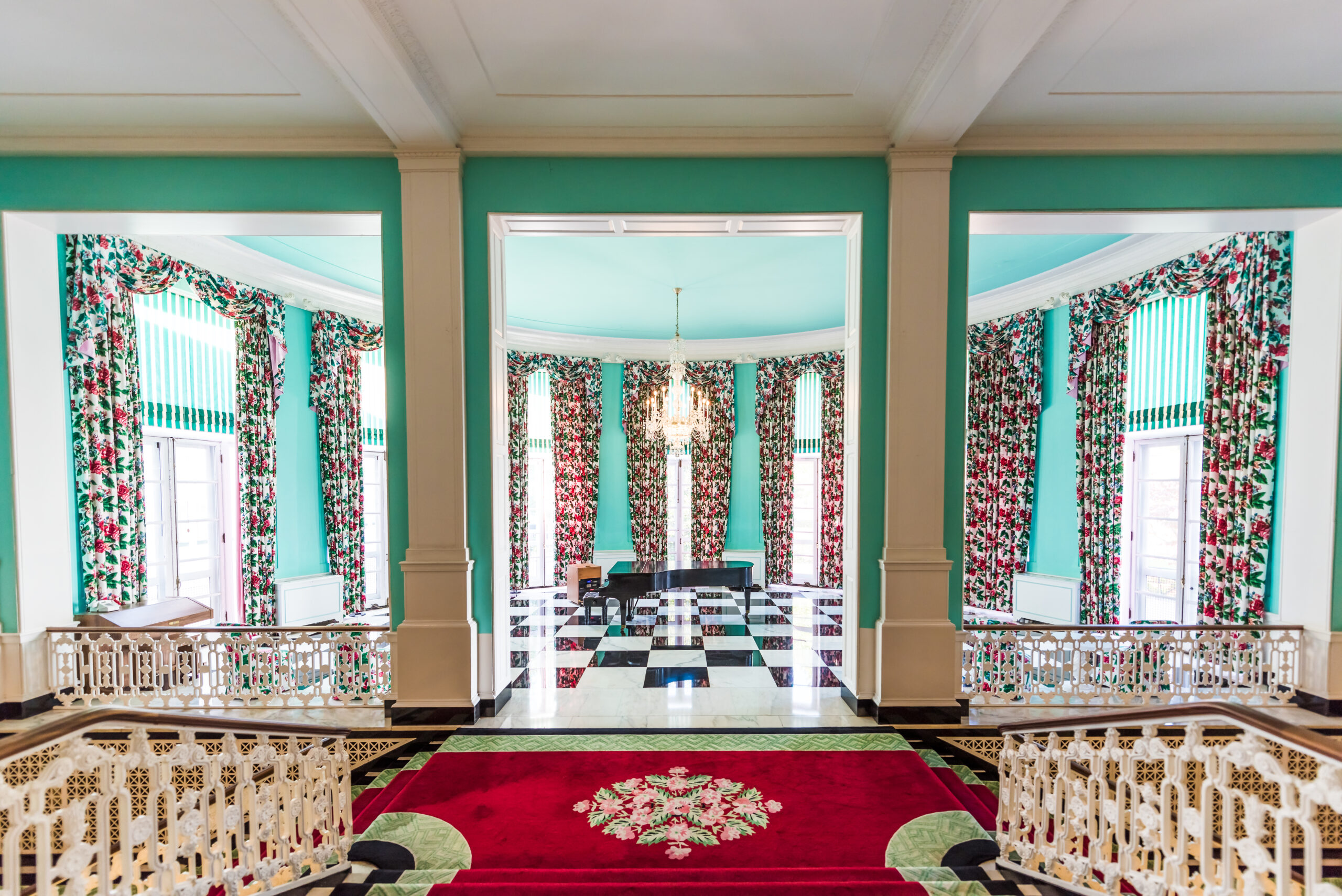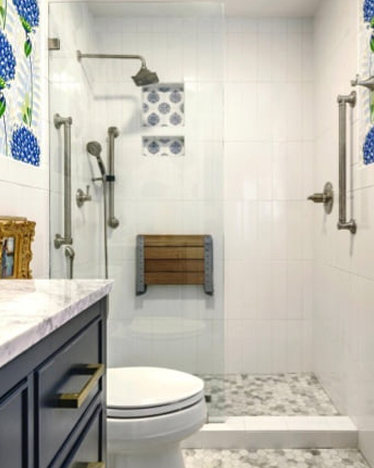Beautiful Environments: What is Neuroaesthetics?
Have you ever wondered why certain colors, shapes, and textures make us feel a certain way? Or why we’re drawn to certain works of art and not others? The answer lies in a field of study called neuroaesthetics, which explores the connection between the brain and aesthetics. As humans, we are wired to appreciate beauty and aesthetics. We are drawn to art, design, and architecture that captivates us and leaves a lasting impression.
Neuroaesthetics is a relatively new field, but it’s already yielding some fascinating insights into how our brains respond to visual stimuli. By understanding these neural processes, as designers we can better understand how to create interior spaces that evoke specific moods and emotions. Scientists have used advanced brain imaging techniques like fMRI(functional Magnetic Resonance Imaging) and EEG (Electroencephalogram) to study the neural responses of participants when viewing different types of art and design. They have found that when we view something beautiful or aesthetically pleasing, specific areas of the brain associated with pleasure, reward, and emotional processing are activated.
Color: Color is one of the most powerful tools in an interior designer’s toolbox. By understanding the psychological effects of color, designers can create spaces that evoke specific emotions or promote particular activities. For example, a bedroom designed with calming colors like blue and green and soft, cozy textures can promote relaxation and restful sleep. In contrast, an office space designed with energizing colors like yellow and orange and clean, modern lines can promote productivity and creativity.
Texture: Texture is another important aspect of interior design that can affect our emotional response to a space. For example, rough textures like brick or stone can create a sense of ruggedness or naturalness, while smooth textures like glass or metal can create a sense of modernity or sophistication. By combining different textures, designers can create a layered and nuanced experience that engages multiple senses.
Art: Art is an essential element of interior design, but its impact goes beyond mere decoration. Research has shown that exposure to art can stimulate the brain’s reward system and activate areas associated with pleasure and emotion. By selecting and displaying art strategically, designers can create spaces that inspire creativity, spark conversation, or simply provide a sense of beauty and wonder.
Lighting: Lighting is one of the most important elements of interior design, as it can affect our mood, circadian rhythm, and overall well-being. By using natural light, dimmer switches, or color-changing LED lights, designers can create a dynamic and responsive environment that adapts to our changing needs and preferences.
Layout: Finally, the layout of a space has a profound impact on how we feel and behave. By optimizing the flow of traffic, creating distinct zones for different activities, and incorporating natural elements like plants or water features, designers can create spaces that are intuitive, welcoming, and harmonious.
At Design of the Times, Inc., we believe that great design is both an art and a science. By combining our creativity with the latest insights from neuroaesthetics research, we create spaces that are not only beautiful but also functional, comfortable, and inspiring.
Whether you’re looking to design a home, an office, or a public space, we’d be honored to work with you to bring your vision to life. Contact us today to learn more about our services and how we can help you create a space that is uniquely tailored to your needs and preferences.



